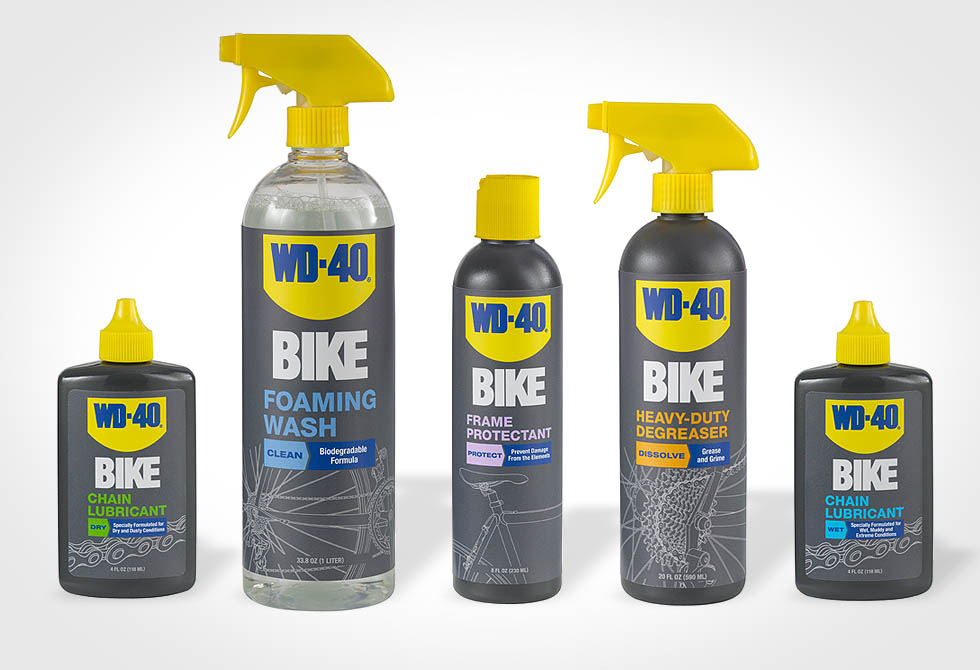Wash your bike regularly
A clean ride makes for a happy cyclist – but not necessarily a happy bike. Carbon bikes still have a fair amount of metal components, and even belt drive bikes have greased bearings. So why bully the metal and grease with water and detergent?
Unless you’re deliberately taking your bike through wet muddy conditions, most of the time a simple wipe-down after a ride will suffice. Rather than cleaning your bike after every ride, set aside some time every 6 weeks to do a careful, thorough clean.
Inflate your tyres to x pressure
How many cyclists does it take to inflate a tyre? Fifteen. One to inflate the tyre and the other 14 to advise on why a different pressure would be more suitable. Only you can decide on the correct tyre pressure – read our article to figure out which tyre pressure suits your needs.
Using WD-40 and non-bike specific tools
Every home should have WD-40 as it has many uses. It frees sticky mechanisms, loosens rusted parts, lubricates, and drives out moisture. Sounds perfect for bikes, right? WRONG.
Not even WD-40 recommend using WD-40 on bikes, which is why they released a range of products specifically for bicycles. We’re not picking on or promoting WD-40, we’re just using them as an example of why you should always look for bike specific tools to work on your dearly beloved.
Always use a torque wrench
While we advise using bike-specific tools, you don’t always need to use the most technical equipment money can buy. Yes, a torque wrench is quicker, easier, and better for your frame’s carbon-fibre physique than a multi-tool… but what happens if you need to adjust your saddle height 50 miles into your century?
Practise working on your bike with both torque wrenches and basic multi-tools because, when you need tools the most, a multi-tool is what you’re most likely to have in your jersey pocket. The same thing goes for pumping your tyres. Practise inflating your tyres to pressure without checking the gauge after every pump. You’ll be grateful you learned the skill when you need it.
Using derailleur limit screws to index gears
If you’ve bought your bike from a local bike shop like Bike UK (free servicing for life) rather than a big-box store, it’s more likely to have been set up by a professional bike mechanic. It’s incredibly unlikely you need to adjust the limit screws on your derailleur.
Instead you need to learn how micro adjustments of your barrel screw can help prevent your chain skipping. If that doesn’t work, you’ll need to check your chain and cassette for signs of wear. Respect the limits of your knowledge and, if in doubt, sign up to bike maintenance lessons at your LBS.








